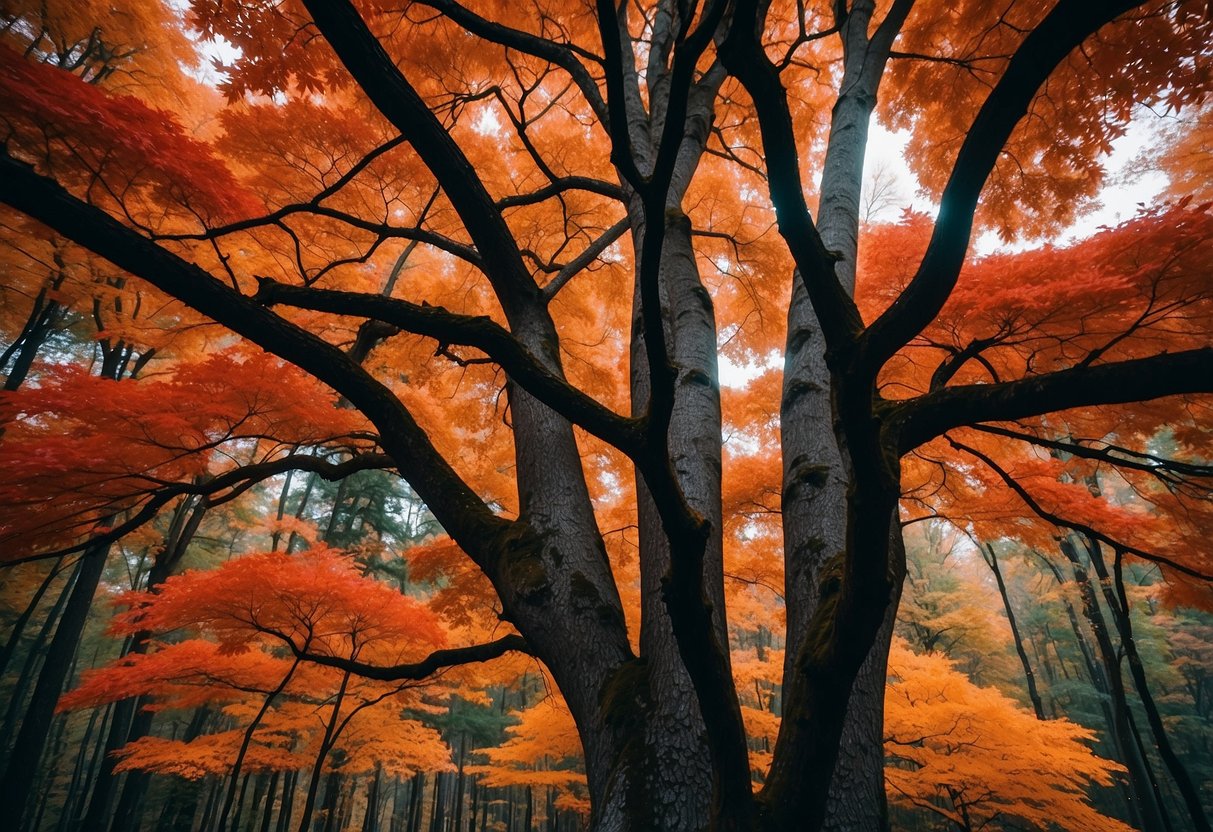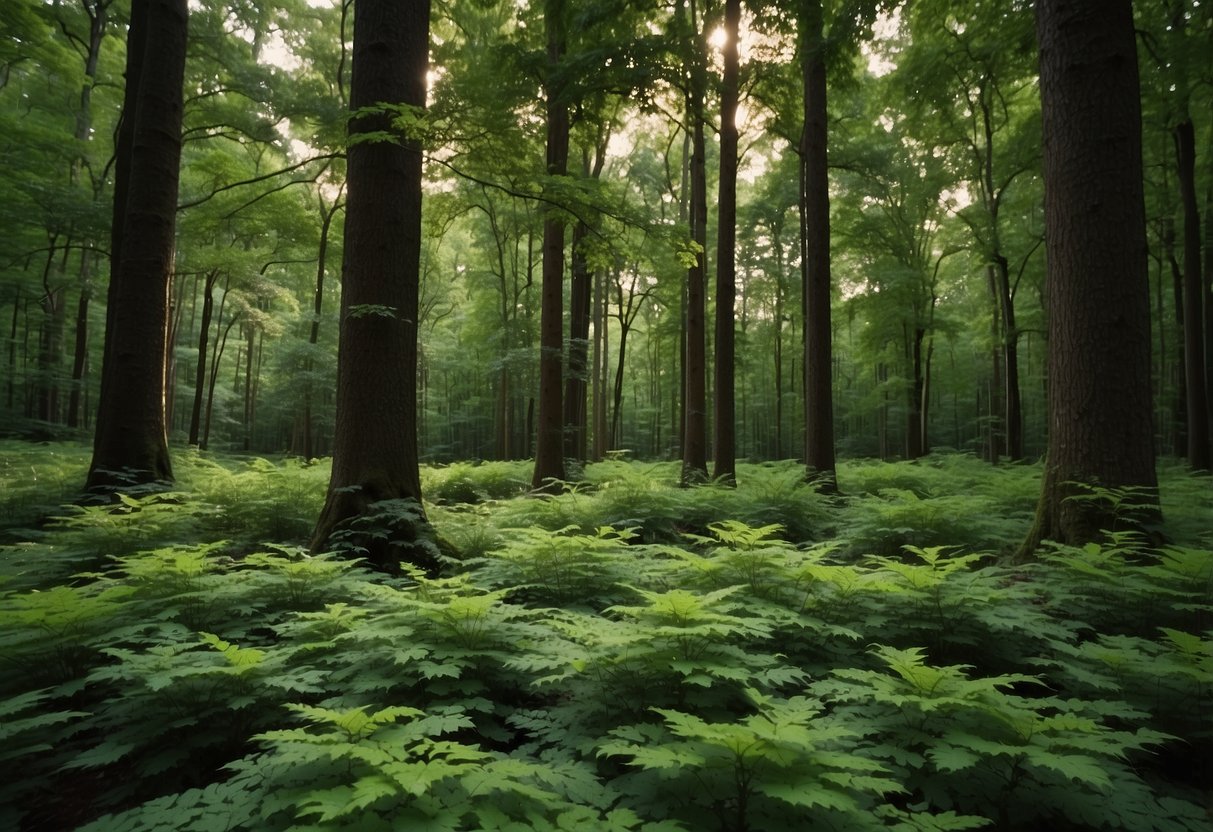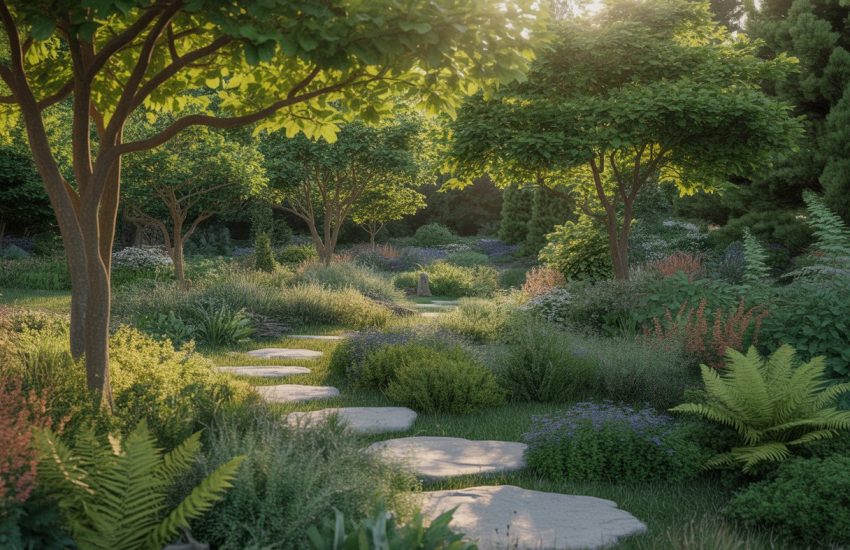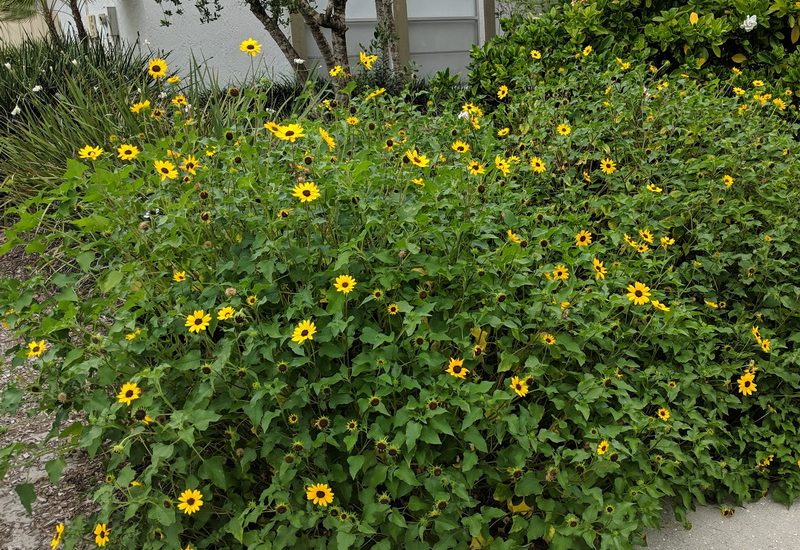Maple Trees in Georgia: Varieties and Growing Tips
Maple trees are a popular choice for landscaping in Georgia. Not only do they provide shade and beauty, but they also contribute to the state’s ecosystem. Georgia is home to several native species of maple trees, each with its own unique characteristics and benefits.

One of the most common native species is the Southern Sugar Maple (Acer barbatum), which can produce syrup. This smaller relative of the Sugar Maple (Acer saccharum) is often found in Georgia’s swamps and wetlands, where it can reach heights of up to 100 feet. Its broad leaves and sturdy trunk create a majestic canopy, providing shade and shelter for surrounding flora and fauna.
In addition to the Southern Sugar Maple, there are several other types of maple trees that thrive in Georgia’s climate. These include the Striped Maple, Red Maple, and Laceleaf Japanese Maple. Each of these species has its own unique characteristics and benefits, making them a valuable addition to any landscape.
Characteristics of Maple Trees in Georgia

Maple trees are deciduous trees that are known for their beautiful foliage and stunning fall colors. Georgia is home to several species of maple trees, including the Red Maple, Southern Sugar Maple, Striped Maple, and more.
Identification of Maple Species
Maple trees can be identified by their leaves, bark, and growth habit. The leaves of maple trees are usually lobed and have a distinct shape that varies by species. The bark of maple trees can be smooth or rough, and may also vary in color. The growth habit of maple trees can also vary by species, with some growing tall and straight, while others have a more shrub-like appearance.
Growth Conditions and Care
Maple trees generally prefer well-drained soil and can tolerate both sun and shade, depending on the species. They also prefer moist, acidic soil, making them well-suited for wetlands. However, they can also tolerate drought conditions once established. Proper pruning is important for maintaining the health and shape of maple trees.
Maple Tree Benefits and Uses
Maple trees provide many benefits, both environmental and practical. They are often used as shade trees in landscapes and gardens, and their wood is prized for furniture and flooring. Maple syrup is also a popular product made from the sap of maple trees. Additionally, maple trees provide important habitat and food for wildlife.
In conclusion, maple trees are a beautiful and valuable addition to any landscape. By understanding their growth conditions and care needs, homeowners can enjoy the benefits of these trees for many years to come.
Seasonal Changes and Ecological Impact

Fall Foliage and Color Variations
Maple trees in Georgia are known for their stunning fall foliage, which typically occurs in October and November. The leaves of Acer palmatum, a popular cultivar in the state, turn yellow, orange, and red, creating a colorful display that attracts many visitors. Homeowners can also enjoy these vibrant colors by planting maples in their yards.
Wildlife Interactions and Habitat
Maple trees provide important habitat for many wildlife species in Georgia. The seeds, or samaras, of these trees are a food source for birds and small mammals, while the flowers attract bees and other pollinators. Sapsuckers, a type of woodpecker, also feed on the sap of maple trees, creating small holes in the bark. These holes can provide nesting sites for other birds and insects.
Conservation and State Significance
The state of Georgia recognizes the importance of maple trees in its forests and ecosystems. In fact, the sugar maple (Acer saccharum) is the state tree of New York, and the red maple (Acer rubrum) is the state tree of Rhode Island. Maple trees are also found in Georgia’s forested areas, including swamps and wetlands, where they provide important environmental benefits such as carbon sequestration and erosion control.
Overall, maple trees play an important role in Georgia’s environment and culture. Their seasonal changes and ecological impact make them a valuable addition to any landscape.


